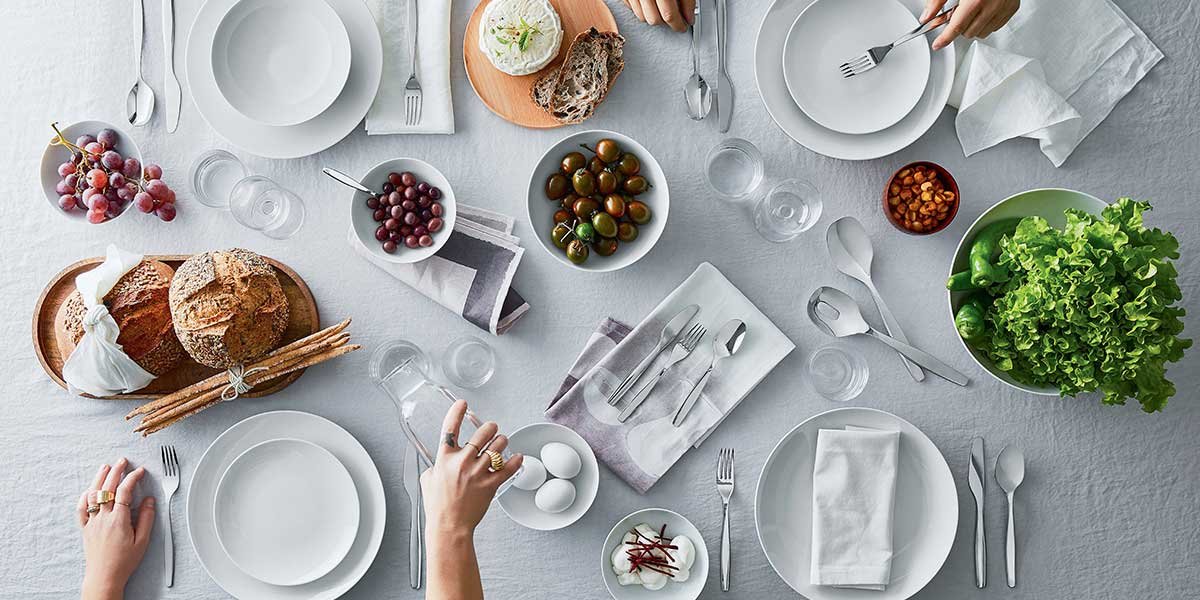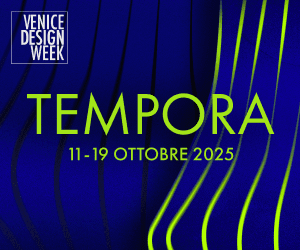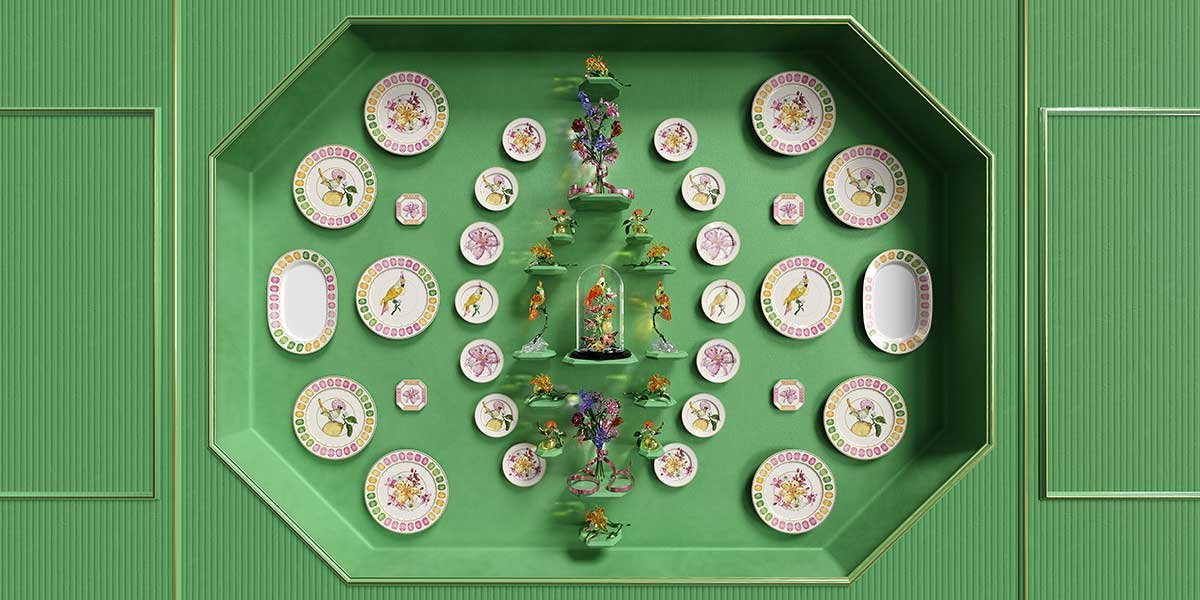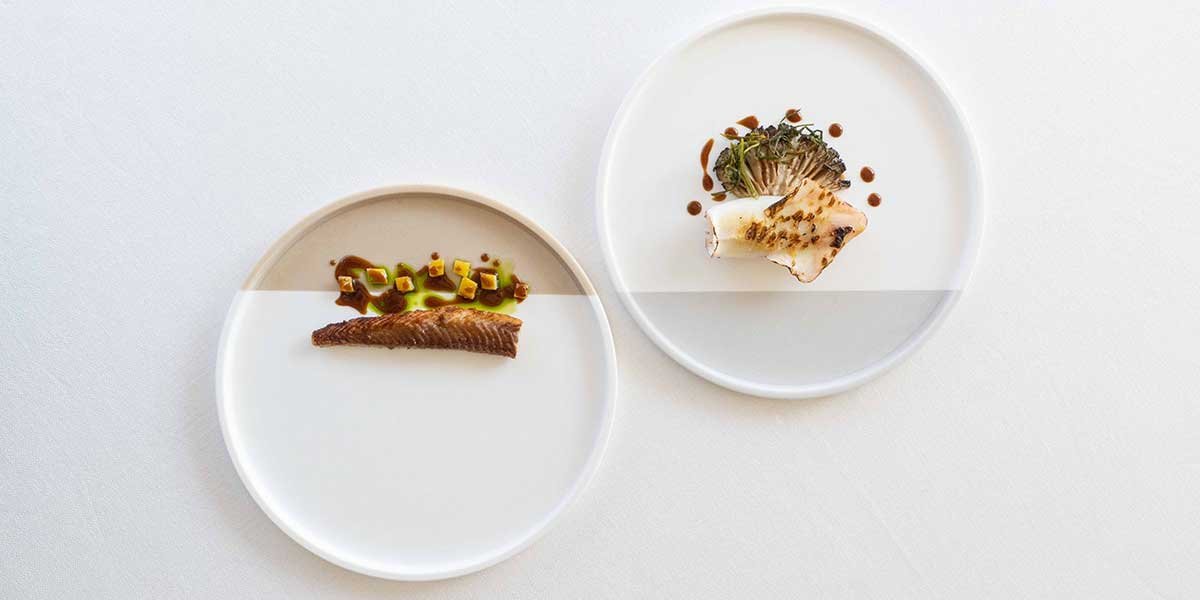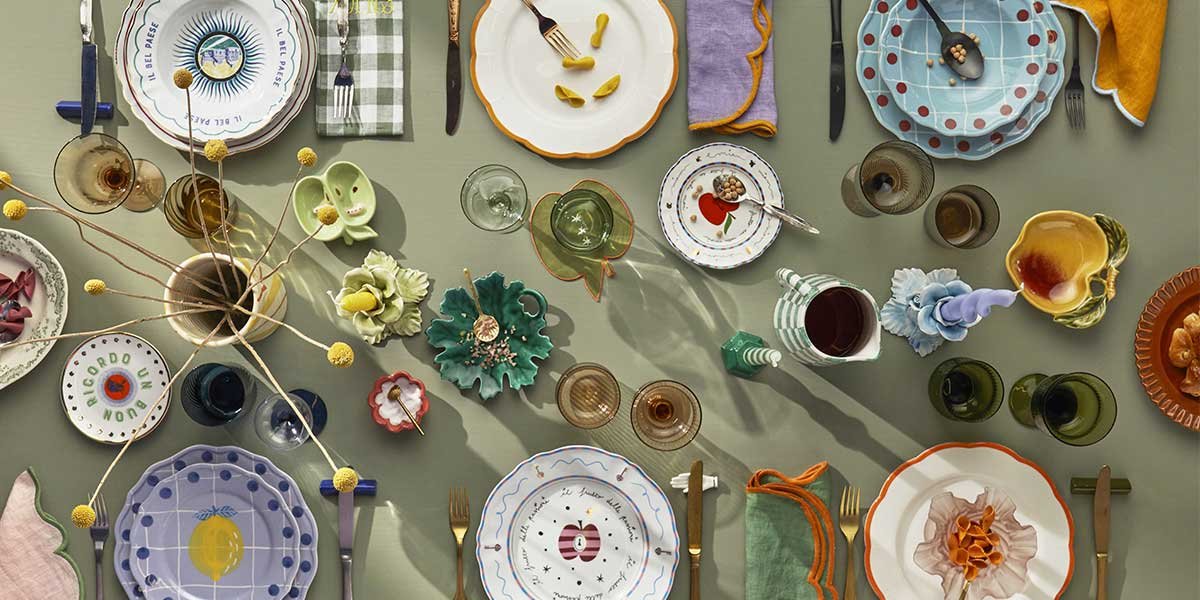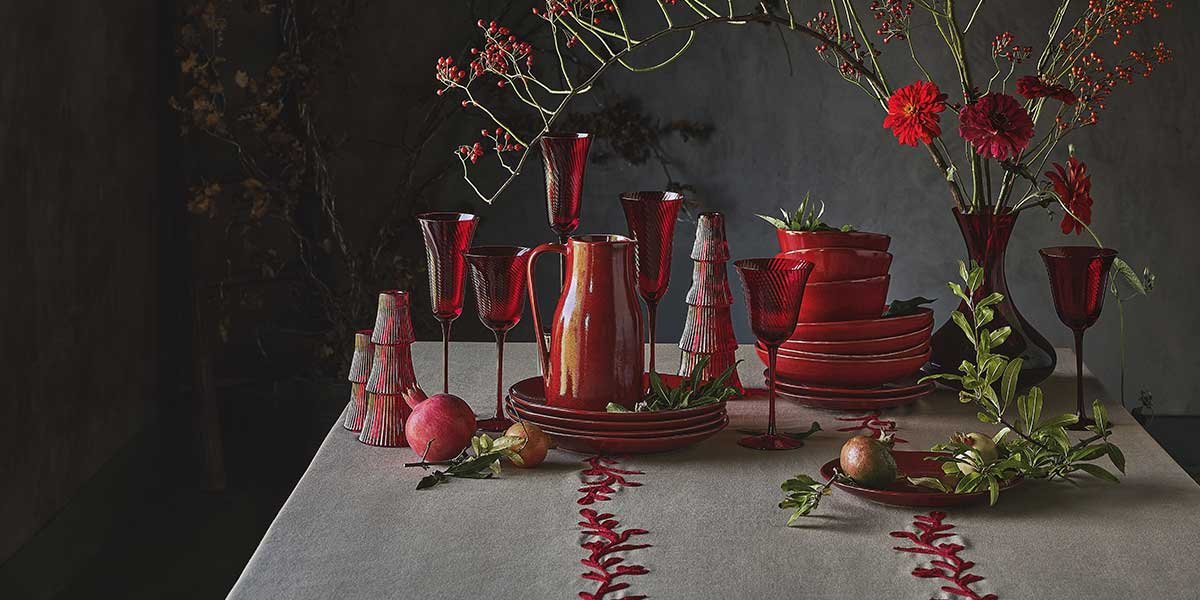Each in its (very functional) place: it is no coincidence that any element of the mise en place has a purpose, starting from spoons, forks and knives.
It is now well known that the table setting is a careful balance of geometries, designed over the centuries to be, yes, beautiful from an aesthetic point of view but equally functional to the diners and their needs. Beyond the apparent formalism, as in the case of glasses and mise en place, the cutlery follows a stringent logic of use, dictating the ways and times with which the dishes are served.
Mise en place “Junto Sets” in stoneware and porcelain by Rosenthal – rosenthal.de
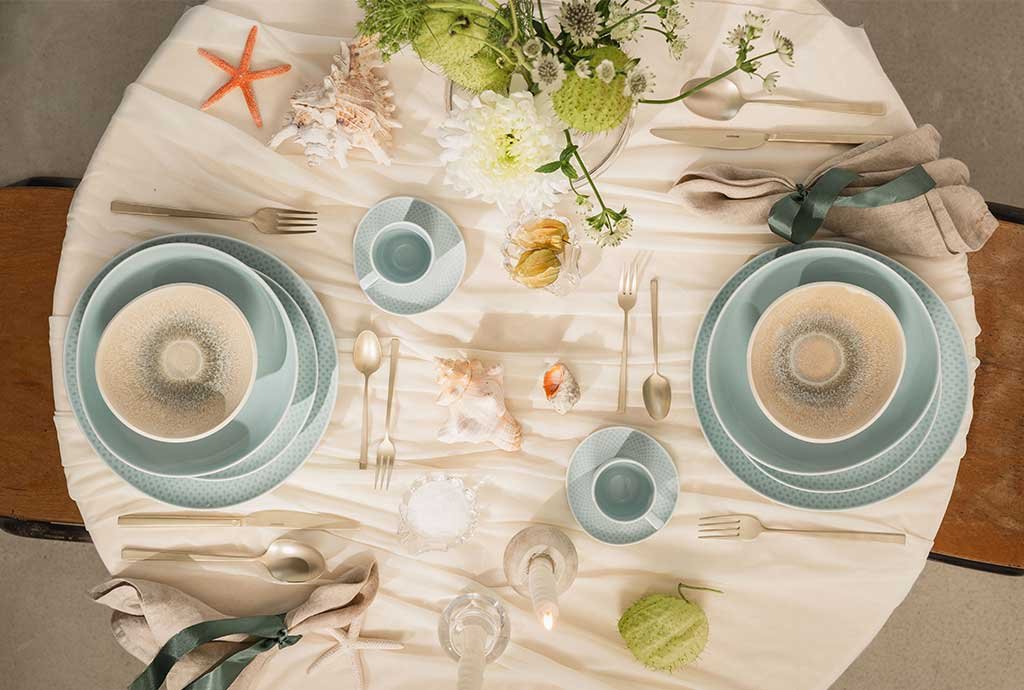
CUTLERY: WHERE, HOW AND WHY
In fact, to make it as easy as possible for guests to use it, the cutlery is positioned on the table in a strictly rational sequence, from the one used first – the most external – to the one used last, the closest to the plate.
The ideal distance of the cutlery from the edge of the table is 1.3 cm, from here they are divided to the sides of the plate: on the left, the two forks (one for the first course and one for the second course), while on the right will go the knife ( always with the blade facing inwards) and the spoon, if necessary, close to the napkin.
“New Moon” stainless steel cutlery set by Villeroy&Boch – villeroy-boch.it
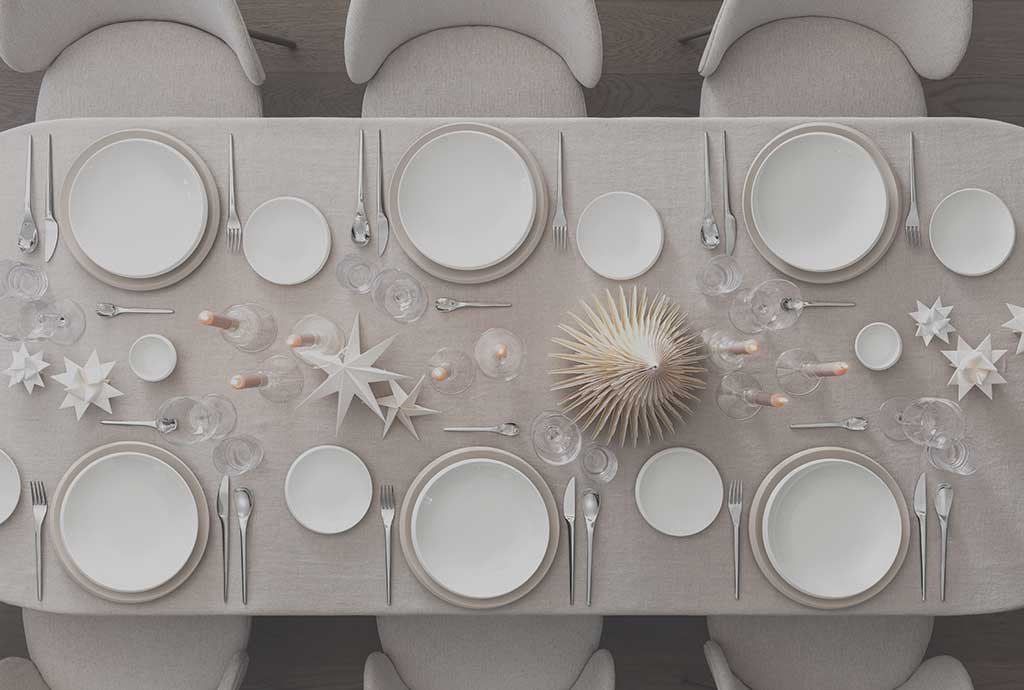
There is only one case in which the fork is positioned on the right: when serving oysters, which will be opened with their specific knife. Once upon a time, where required, the bouillon spoon was also used; now fallen into disuse, it stands out for its lower height (16 cm compared to 20 cm for a normal soup spoon) and a much more rounded cup.
A note on the forks: if the equipment follows the English style, the prongs will face upwards, on the contrary, if you follow the French model, downwards. The reason for the French positioning is purely “luster”, in this way, in fact, the noble coat of arms of the host family was shown.
On the left, “Maria” table service by Rosenthal; on the right, a mise en place on a round table, photo Freddy G ©Unsplash.

Oyster knife by Opinel – opinel.com
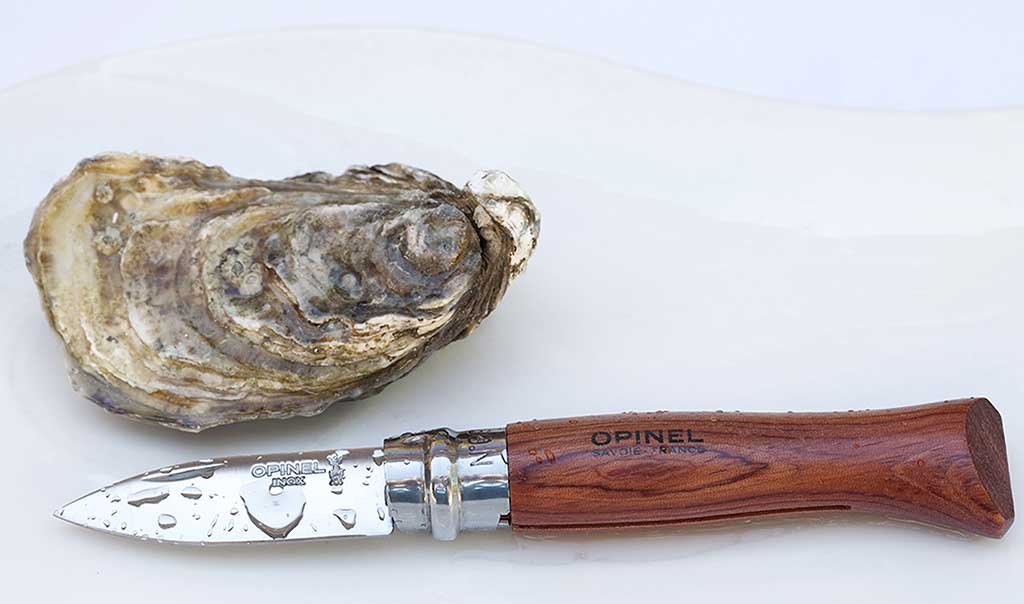
DESSERT CUTLERY
The situation is different for dessert cutlery: the latter are placed horizontally in the space between the glasses and the bread plate with the handle facing the hand that must grasp the cutlery. They usually consist of three elements: the paring knife, or the fruit knife with the characteristic curved blade, the fork and the teaspoon.
As anticipated, each piece of cutlery follows its own ideal direction: the blade of the paring knife faces the plate and the handle is towards the right, while the fork has the handle towards the left. Further out is the teaspoon, always facing to the right. In the event that only one of these cutlery is needed, the handle should always be positioned to the right. If the table is not very spacious, you can omit positioning them and place them on the table only when it is time to bring the dessert.
How to position dessert cutlery, photo Lanti ©Unsplash.
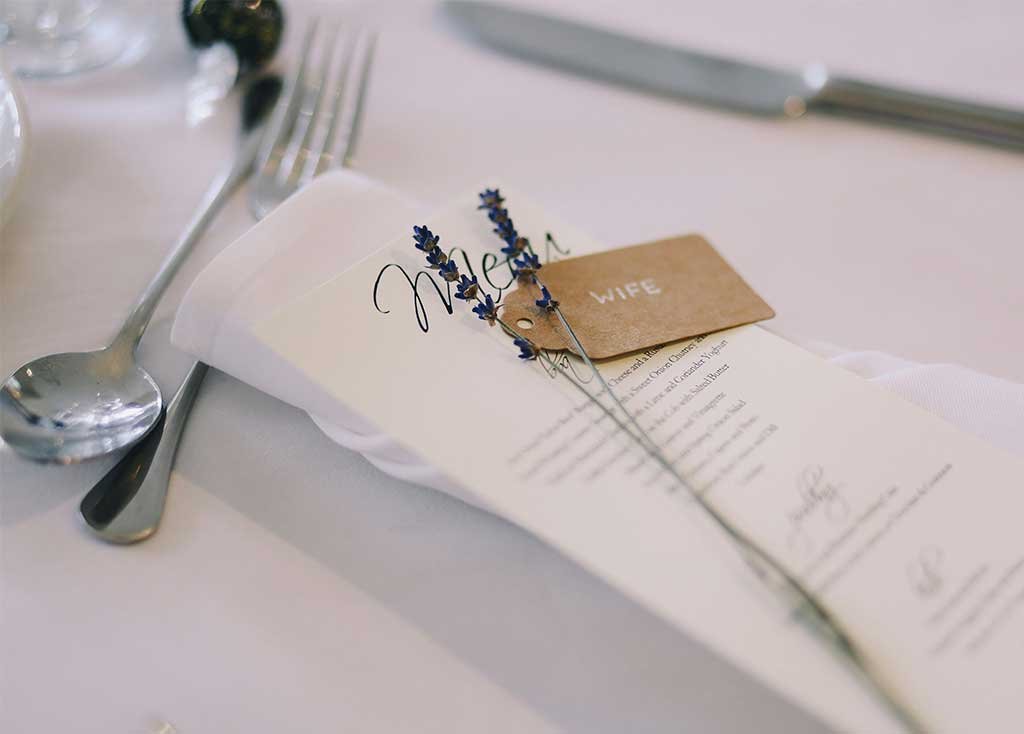
The dessert cutlery is always placed horizontally above the plate, photo Cinematic Imagery ©Unsplash.
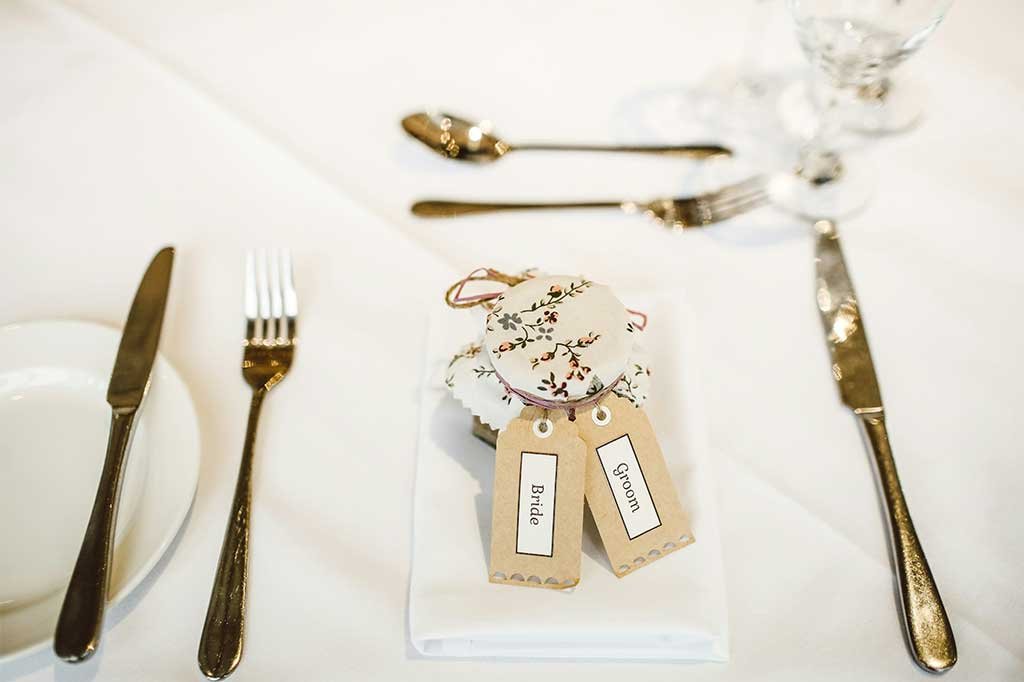
THE EVOLUTION OF STYLE
First, very important note, if to liven up the equipment you sometimes use the mix and match of plates and glasses, the cutlery must all strictly belong to the same service, even if only to avoid the risk of having different formats or types. Not only that, as in fashion, the golden rule of “less is more” must always be respected, a table overcrowded with cutlery where it is not necessary would be inelegant.
For a classic menu, therefore, the ideal number is 5, that is, a small knife and fork for the starter, a fork for the first course, one for the second course and a knife. An exception is made for fish cutlery, if provided on the menu, which requires a specific fork with shorter and wider tines, and a knife with a wide and flat blade. In this case they must be positioned before those of the meat, due to the principle according to which you go from light to heavy.
Still speaking of the evolution of customs, at informal tables with a single course, the fork and knife can be placed on the right side of the plate, as was once used in the Italian tradition: the equipment as we conceive it today is the result of seventeenth-century French formalism .
An example of equipment with cutlery on the right: “Perlemor Alga Sand” by Villeory and Boch
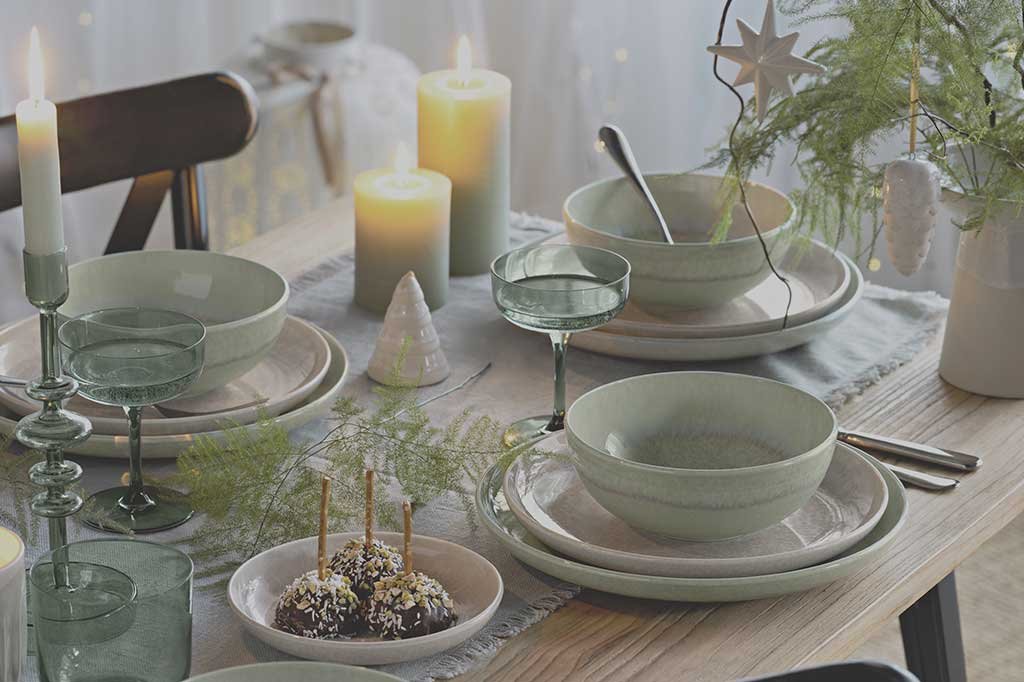
Ercuis silver fish cutlery “Rocaille” style – ercuis.com

SMALL GOOD TON NOTES
Not everything can be cut with a knife! Omelettes, sweet and savory pies, meatloaves, meatballs, croquettes, supplì, salad and melon (which is served already cut into large wedges) must be cut with a fork. There is also a suitable knife for all dishes: butter has its own knife with a large, short, curved blade – which sits diagonally on the bread plate – steaks require sharp knives, while cheese has its own medium-sized knife, and the shell of the soft-boiled egg is broken not with the knife, but with the teaspoon.
If there are left-handed guests among your guests, leave the equipment as it is, but exchange the position of the cutlery at each service: it will be a discreet and much appreciated precaution. If there are children at the table, it is best to set the table with an ad hoc set, with forks and knives with rounded prongs and blades, but always well arranged, because, as we know, etiquette (without forcing) has no age just like informal situations… even a picnic requires its appropriate cutlery!
“Itsumo” butter knife by Alessi – alessi.com

Steak knife and spoon “Perpetue” collection by Opinel.

Picnic cutlery set with magnet by Mepal distributed by Schoenhuber – schoenhuber.com
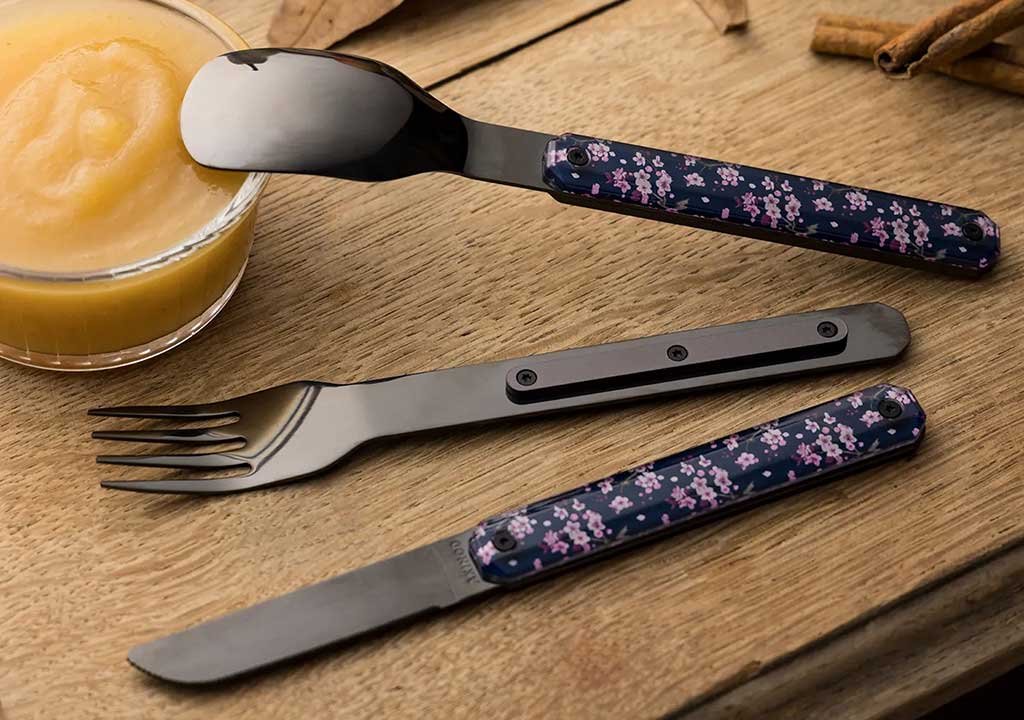
WHEN YOU DON’T USE CUTLERY (OR HOW TO SEND MESSAGES)
Well yes, etiquette also tells us when cutlery is not used: small fruits such as strawberries, grapes and cherries can be eaten with your hands, as can salami, mini pizzas, pretzels and finger food. If the theme of the dinner is oriental, use chopsticks to place them to the right of the plate.
Furthermore, when we are at the table, cutlery has its own “way of communication“: if you take a break between one dish and another, the knife should be placed on the right with the blade on the plate and the fork on the left with the prongs towards the knife. When finishing a dish, the cutlery should be placed parallel to the center of the plate: on the right the knife with the blade towards the center, on the left the fork.
However, the positions at the end of the meal are different: some argue that the cutlery should both be placed on the diagonal right side, others that they should be placed at the “3 o’clock” position on the plate. Lastly: when a dish is highly appreciated, it is arranged in a parallel and horizontal manner; if you didn’t like the dish at all, cross each other (knife tilted to the left and fork to the right). In short, pay attention!
“Sushi” steel chopsticks and spoon by Pintinox – pintinox.com

On the cover, informal table with Itsumo cutlery by Alessi.



